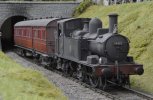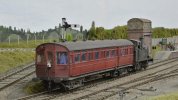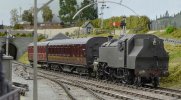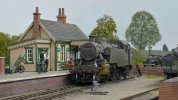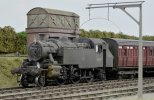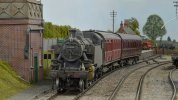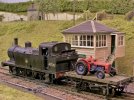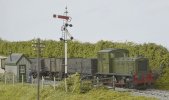Quintus
Western Thunderer
Maybe not appropriate on this particular section of the forum, but as it's part of the layout as a whole, I thought I may get away with it. So as threatened earlier, here are some photos of the Waterloo Tramway, a very minimal affair that runs from a hidden siding alongside the standard gauge sector plate, past the bagging shed and some abandoned/scrap machinery, to the loading dock, where the lime is transferred to standard gauge wagons.
Only one loco can be used at any time, but I have a fair selection to choose from, and in this instance we see the little Simplex bowling along with some loaded skips, and in the last photo, returning with the empties.
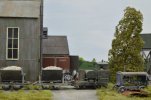
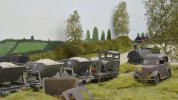
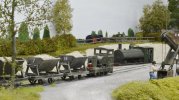
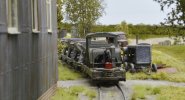
Only one loco can be used at any time, but I have a fair selection to choose from, and in this instance we see the little Simplex bowling along with some loaded skips, and in the last photo, returning with the empties.






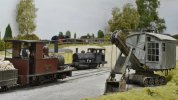

 ) RM was a pretty good issue all round
) RM was a pretty good issue all round 